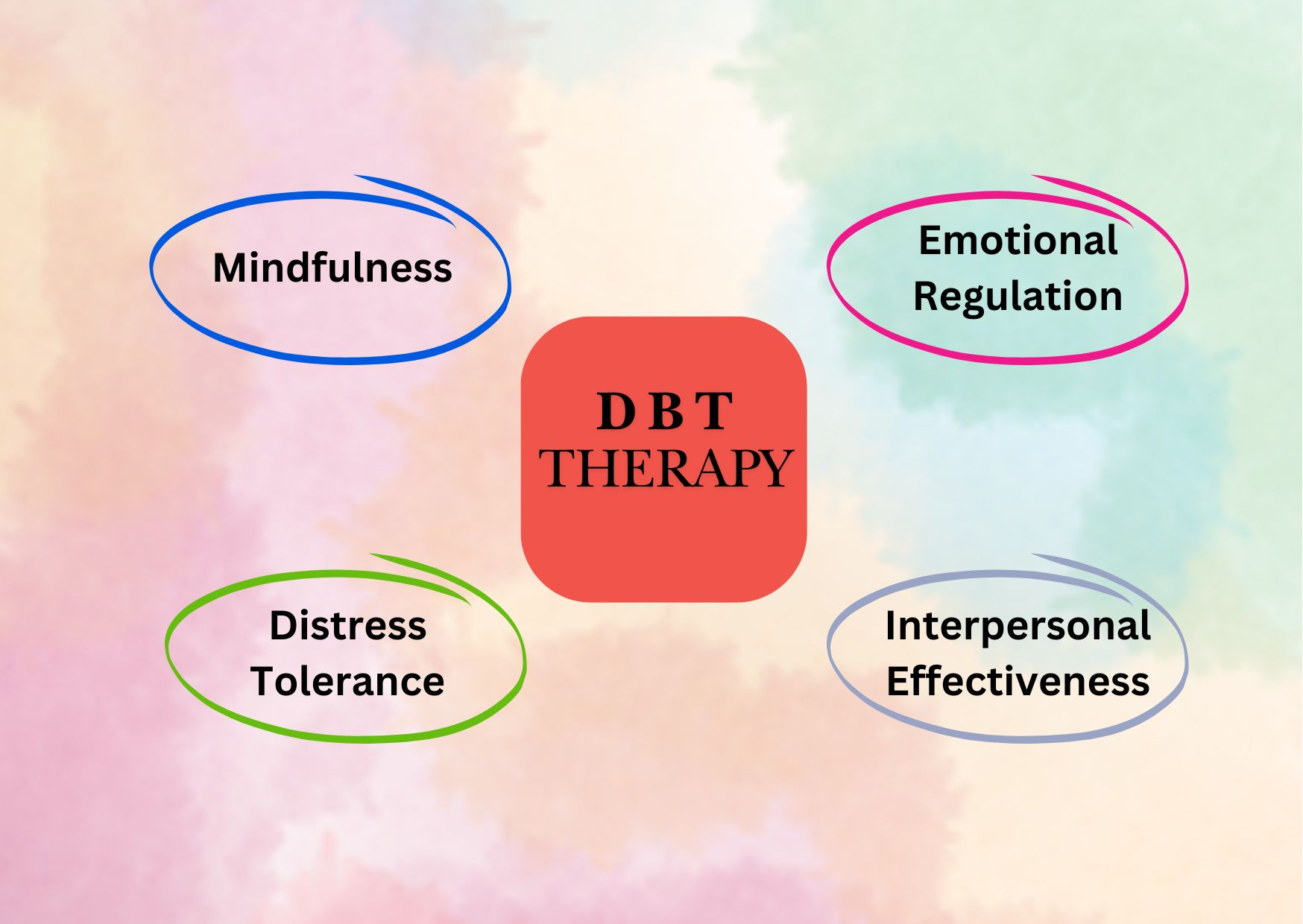DBT Benefits for Improved Mental Health
Managing intense emotions and navigating life’s challenges can feel overwhelming at times. This is where Dialectical Behavior Therapy (DBT) steps in as a powerful tool for emotional well-being and personal growth.
DBT benefits extend far beyond traditional therapy settings into everyday life situations. This practical approach combines mindfulness, emotion regulation, distress tolerance, and interpersonal effectiveness to help you build a more balanced and fulfilling life.
This comprehensive guide walks you through the essential DBT skills and techniques you can start using today. You’ll discover how to create your personal DBT toolkit, track your progress, and maintain these beneficial practices for lasting mental health improvements.
Understanding DBT’s Core Principles for Daily Life
At the core of DBT lies a set of powerful principles that can transform how you handle daily challenges and emotions. These fundamental concepts serve as the foundation for building stronger emotional resilience and better relationships.
Breaking down dialectical thinking
Dialectical thinking helps you move beyond the limiting “either-or” mindset to embrace a more balanced “both-and” perspective. Instead of seeing situations in black and white, you’ll learn to recognize that two seemingly opposing ideas can be true simultaneously. For example, you can be both struggling and making progress, or feel both confident and nervous about a new challenge.
Key benefits of dialectical thinking include:
- Increased open-mindedness and creativity
- More effective problem-solving abilities
- Reduced shame about emotions
- Greater flexibility in approaching challenges
- Enhanced empathy and understanding
The balance of acceptance and change
One of the most powerful DBT benefits comes from understanding the delicate balance between acceptance and change. When you begin to accept yourself exactly as you are in the present moment, you become more open to positive transformation. This isn’t about approving everything about your current situation – it’s about acknowledging what is while working toward what could be.
Radical acceptance plays a crucial role here. By fully accepting your current reality without judgment, you create space for meaningful change. Remember, acceptance doesn’t mean resignation; it’s the foundation that makes lasting change possible.
Identifying personal growth opportunities
Personal growth in DBT comes through developing awareness and practicing new skills in real-world situations. By becoming more mindful of your thoughts and emotions, you can identify patterns that may be holding you back and opportunities for positive change.
Growth happens when you learn to regulate emotions effectively and develop stronger interpersonal skills. This might involve recognizing emotional triggers, practicing new coping strategies, or improving how you communicate with others. The key is to approach these opportunities with curiosity rather than judgment, understanding that personal development is an ongoing journey.
Each small step forward contributes to building emotional resilience and creating a more balanced life. As you practice these principles consistently, you’ll find yourself better equipped to handle life’s challenges while maintaining your emotional well-being.
Implementing DBT Skills in Everyday Situations
Transforming DBT skills into daily habits can significantly enhance your emotional well-being and resilience. Let’s explore practical ways to incorporate these powerful techniques into your everyday routine.
Morning routine mindfulness practices
Start your day with purpose by incorporating mindful awareness into your morning routine. Begin with mindful eating during breakfast – notice the textures, temperatures, and flavors of your food. Take a moment to practice deep breathing while getting ready, focusing on the sensation of each breath. These simple practices help set a grounded tone for the day ahead and represent one of the most accessible DBT benefits for daily life.
Workplace emotion regulation strategies
The workplace often presents challenging emotional situations that require skillful navigation. The PLEASE technique is particularly effective in maintaining emotional balance during your workday:
- PL: Treat PhysicaL illness promptly
- E: Eat balanced meals
- A: Avoid mood-altering substances
- S: Get proper Sleep
- E: Exercise regularly
When facing workplace stress, practice the STOPP technique: Stop, Take a step back, Observe, Pull back for perspective, and Proceed mindfully. This approach helps prevent reactive responses and promotes thoughtful action in professional settings.
Crisis management techniques
When emotions become overwhelming, the TIPP skill provides immediate relief through temperature change, intense exercise, paced breathing, and progressive muscle relaxation. For instance, holding an ice cube or splashing cold water on your face can quickly reduce emotional intensity by triggering your body’s natural calming response.

